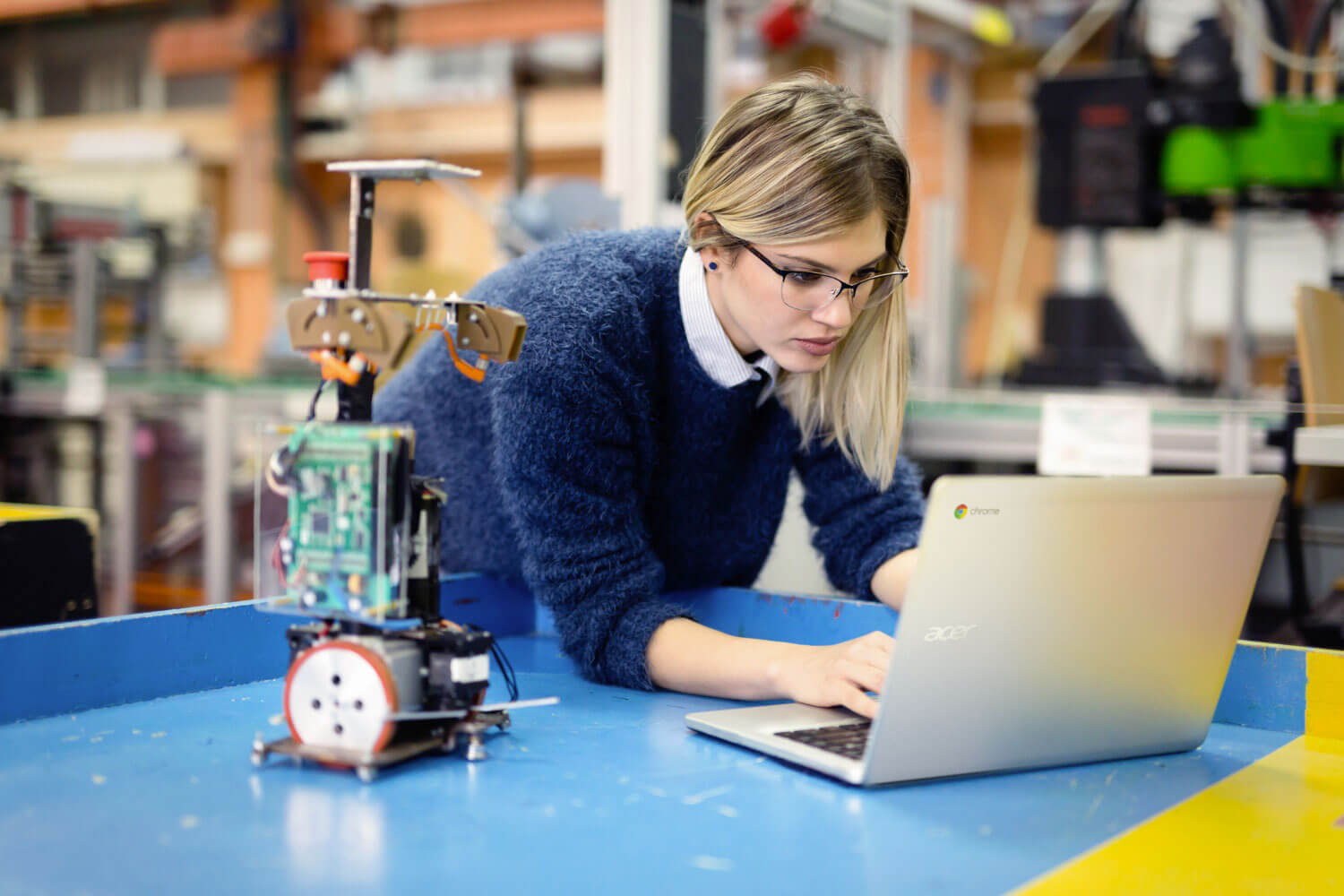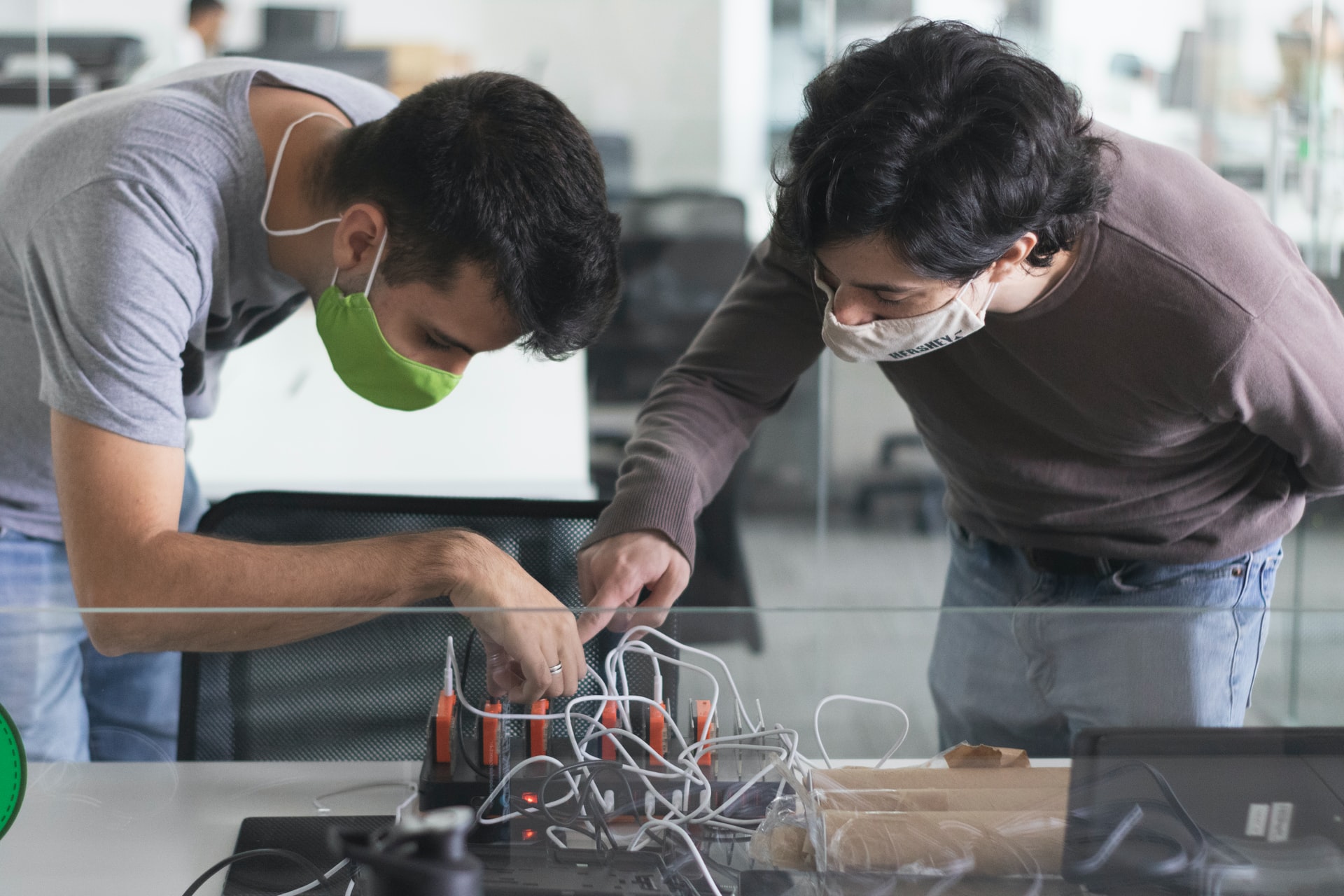Use Cases For Robotic Process Automation At Educational Institutions
By Carla Jose
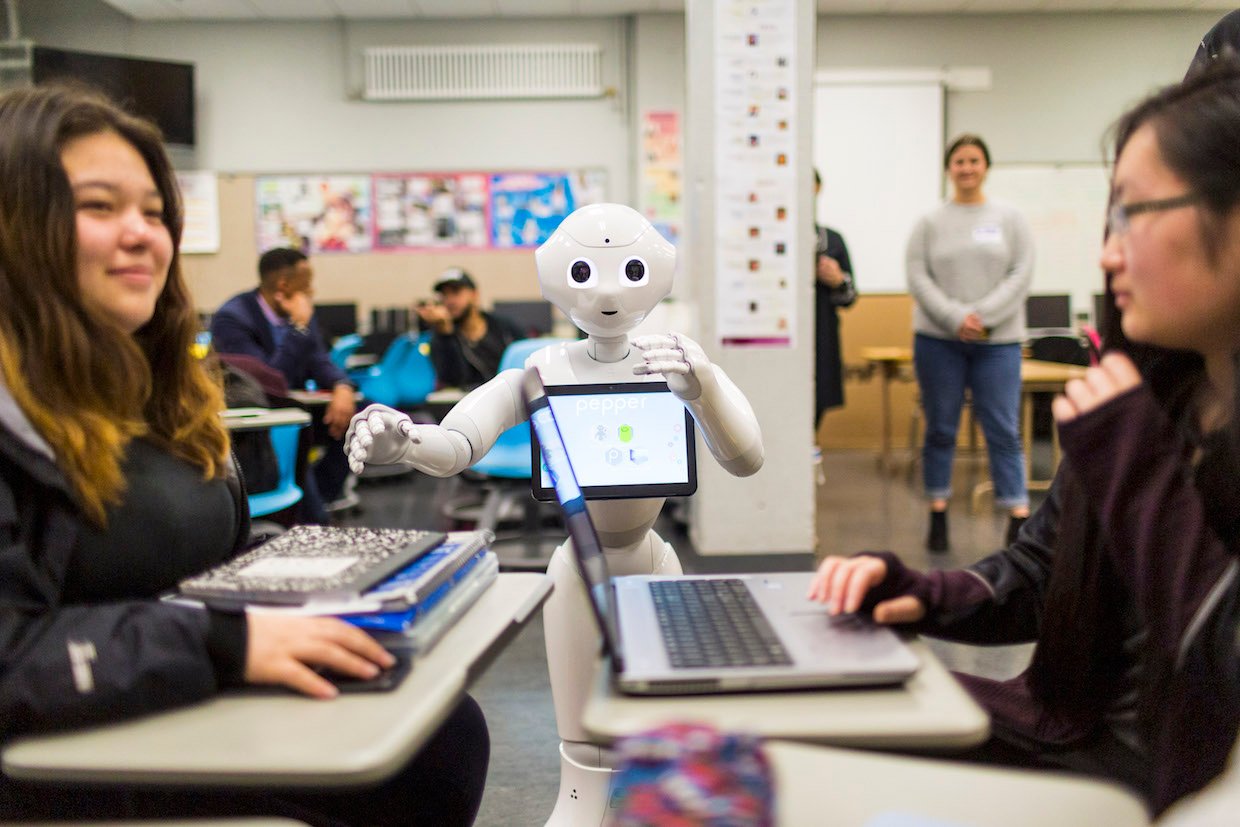 Image source: Softbank Robotics
Image source: Softbank Robotics
Whether it is creating a favorable learning environment or holding teacher-parent meetings, administrative and educational processes in universities, colleges, and schools are filled with a lot of paperwork and repetitive processes.
These processes consume a lot of resources and time, things that can be used in other areas to improve learning experiences. If you visit most universities around the globe, do not be surprised to find that they are largely understaffed.
The ratio of staff to students even gets worse in the peak season, meaning that a solution is needed as soon as possible. Fortunately, Robotic Process Automation (RPA) can help administrators and educators to automate processes and tasks in a bid to create a better working and learning environment.
- 0 Comments
- Jul 21, 2022 12:12:20 PM
- Posted by Natalia Galvis
- Topics: Robotics, EdTech, STEM, Artificial Intelligence, Robots,, AI, classroom, Inteligencia Artificial, school robots
Pursuing Education to Score a Robotics Career in Government
By Devin Partida
Because of today’s advanced technology, robots are the next big thing. Robots can help streamline processes and reduce human error, and a job in robotics can offer plenty of growth and a competitive salary.
If you are a robotics or STEM educator, here are some steps for helping students in their robotics career journey — especially if your students are interested in pursuing a robotics career within the government.
- 0 Comments
- Jul 20, 2022 8:42:42 AM
- Posted by Elad Inbar
- Topics: Robotics, EdTech, STEM, Artificial Intelligence, Robots,, AI, classroom, Inteligencia Artificial, school robots
How Educators and Millennial Parents Are Tackling EdTech Together
By Dan Matthews
 Photo by Julia M Cameron: https://www.pexels.com/photo/photo-of-woman-tutoring-young-boy-4145354/
Photo by Julia M Cameron: https://www.pexels.com/photo/photo-of-woman-tutoring-young-boy-4145354/
Let’s face it: Ours is truly the great age of technology. And while many parents may want their children to enjoy the simple innocence of childhood, free of the risks that an overreliance on tech can yield, the simple truth is that technology isn’t just a staple in the lives of children today, but it’s also inevitably going to form the cornerstone of their future success.
In other words, there’s just no denying the central importance of technology in the lives of children today. Millennial parents, however, understand perhaps better than most that this is by no means a necessarily bad thing. As the first generation of digital natives, millennials understand what it means to grow up with a device in your hands.
Best of all, they understand the unique power of technology as a learning tool. It is for this reason that millennial parents and educators are increasingly forging a potent alliance for the use of technology in education.
- 0 Comments
- Jun 29, 2022 10:00:00 AM
- Posted by Elad Inbar
- Topics: Robotics, EdTech, STEM, Artificial Intelligence, Robots,, Technology, AI, classroom, Inteligencia Artificial, school robots
6 Educational Grants That Could Let You Bring Robotics Into the Classroom
By Carla Jose
Image Source: Pexels
Robotics isn’t just a technology that’s suitable for manufacturing and other major industries; it also has applications in an education context. Of course robotics systems are not always affordable for the average school, college or university. So what grants and support schemes are out there which could bring high end systems within reach of average institutions?
- 0 Comments
- Jun 24, 2022 10:00:00 AM
- Posted by Elad Inbar
- Topics: Robotics, EdTech, STEM, Artificial Intelligence, Robots,, AI, classroom, Inteligencia Artificial, school robots
Hard & Soft Skills That Can Improve Your Robotics Education
By Devin Partida
There has never been a better time to pursue a career in robotics. The industry continues to grow every year in both value and size. To compete today, aspiring robotics engineers and professionals must have a comprehensive skill set. These hard and soft skills will improve your robotics education and help set you up for success in the robotics industry
- 0 Comments
- Jun 22, 2022 10:00:00 AM
- Posted by Elad Inbar
- Topics: Robotics, EdTech, STEM, Artificial Intelligence, Robots,, AI, classroom, Inteligencia Artificial, school robots
Integrating Robotics into Health Sciences Courses
By Dan Matthews
 Image Source: www.unsplash.com
Image Source: www.unsplash.com
The marriage between health science and technology has been a long and happy one. However, that union has perhaps never been more important than it is today. Now, more than ever, state-of-the-art technologies, from bioengineering to artificial intelligence (AI), are playing a leading role in optimizing patient care, supporting healthcare providers, and expanding the scope of medical knowledge.
Among the most significant and promising of these technologies in the domain of health, sciences are robotics.
These technologies are not only increasingly being used in clinics, hospitals, and operating rooms, but also in health sciences classrooms at every level, including primary, secondary, and post-secondary education. This article explores the reasons why you should begin integrating robotics into your health sciences courses and identifies key strategies for doing so.
- 0 Comments
- Mar 14, 2022 10:00:00 AM
- Posted by Maria Alejandra Calcetero
- Topics: Robotics, EdTech, STEM, Education, code, 21st Century Classroom, Special Education, Artificial Intelligence, data literacy, Coding, Robots,, students, programming, Technology, VR, Realidad Virtual, STEMchat, Edchat, AI, k12, Virtual Reality, virtual learning, classroom, Inteligencia Artificial, Literacy, STEM literacy
Why Tech in Education Must Become More Accessible
By Dan Matthews
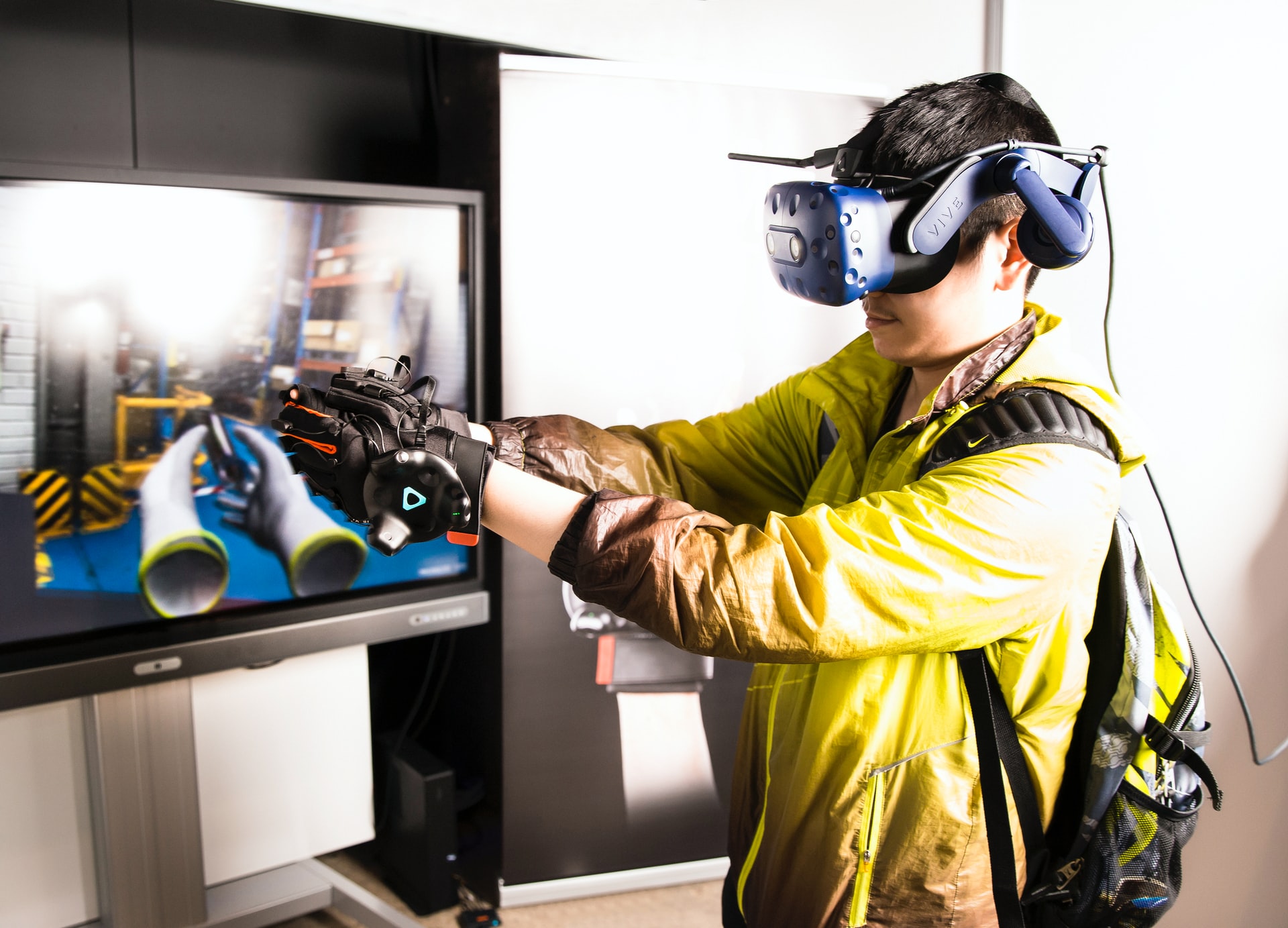
All children deserve the right to be set up for success, and one of the ways children are prepared to do their best in school is based on their access to technology. Technology is a great equalizer for all children, and all children can become better learners through the use of technology — especially children with disabilities. Despite this benefit of technology in the classroom, however, not all technology is accessible to all children. How can parents and educators ensure all students, no matter their ability, receive the best education they can?
- 0 Comments
- Feb 24, 2022 10:00:00 AM
- Posted by Maria Alejandra Calcetero
- Topics: Robotics, EdTech, STEM, Education, code, 21st Century Classroom, Special Education, Artificial Intelligence, data literacy, Coding, Robots,, students, programming, Technology, VR, Realidad Virtual, STEMchat, Edchat, AI, k12, Virtual Reality, virtual learning, classroom, Inteligencia Artificial, Literacy, STEM literacy
Fostering Healthy Coping Skills in STEM Education
By Dan Matthews
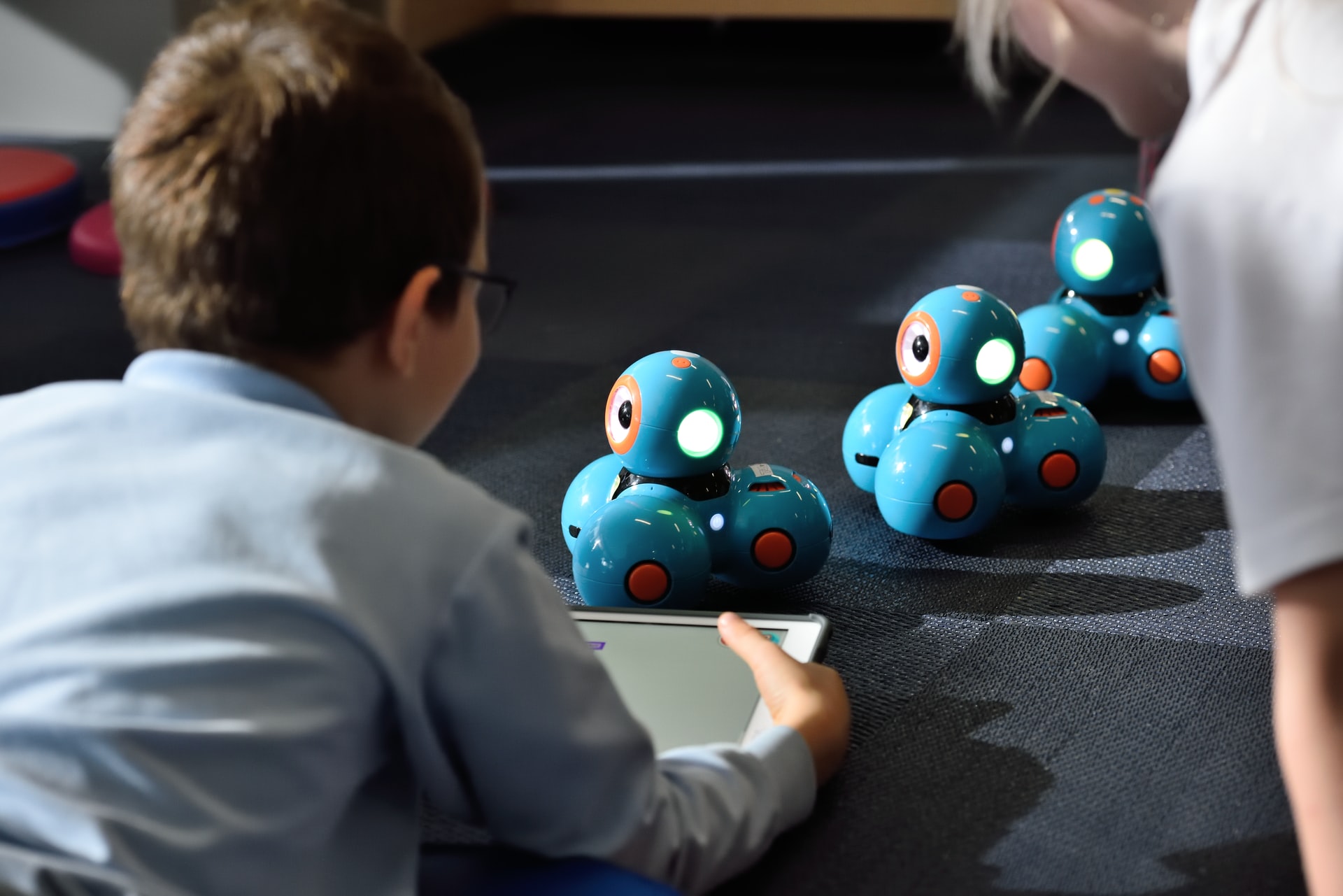
Solid STEM education is perhaps one of the best gifts parents and teachers can give students, equipping them today with the tools they will need to fill some of the most lucrative and in-demand jobs of tomorrow. But although STEM learning has so much to offer, many children, teens, and college students often avoid science and technology curricula due to the inherent rigor of such programs.
- 0 Comments
- Feb 16, 2022 10:00:00 AM
- Posted by Maria Alejandra Calcetero
- Topics: Robotics, EdTech, STEM, Education, code, 21st Century Classroom, Special Education, Artificial Intelligence, data literacy, Coding, Robots,, students, programming, Technology, VR, Realidad Virtual, STEMchat, Edchat, AI, k12, Virtual Reality, virtual learning, classroom, Inteligencia Artificial, Literacy, STEM literacy
The Necessity of Robotics Classes for Schools
By Dora Miller.
Robots are exciting to play tools for children and young adults. What if students learned how to make robots? Would robotics make it easy to handle STEM? Would the robots make other concepts easier to understand?
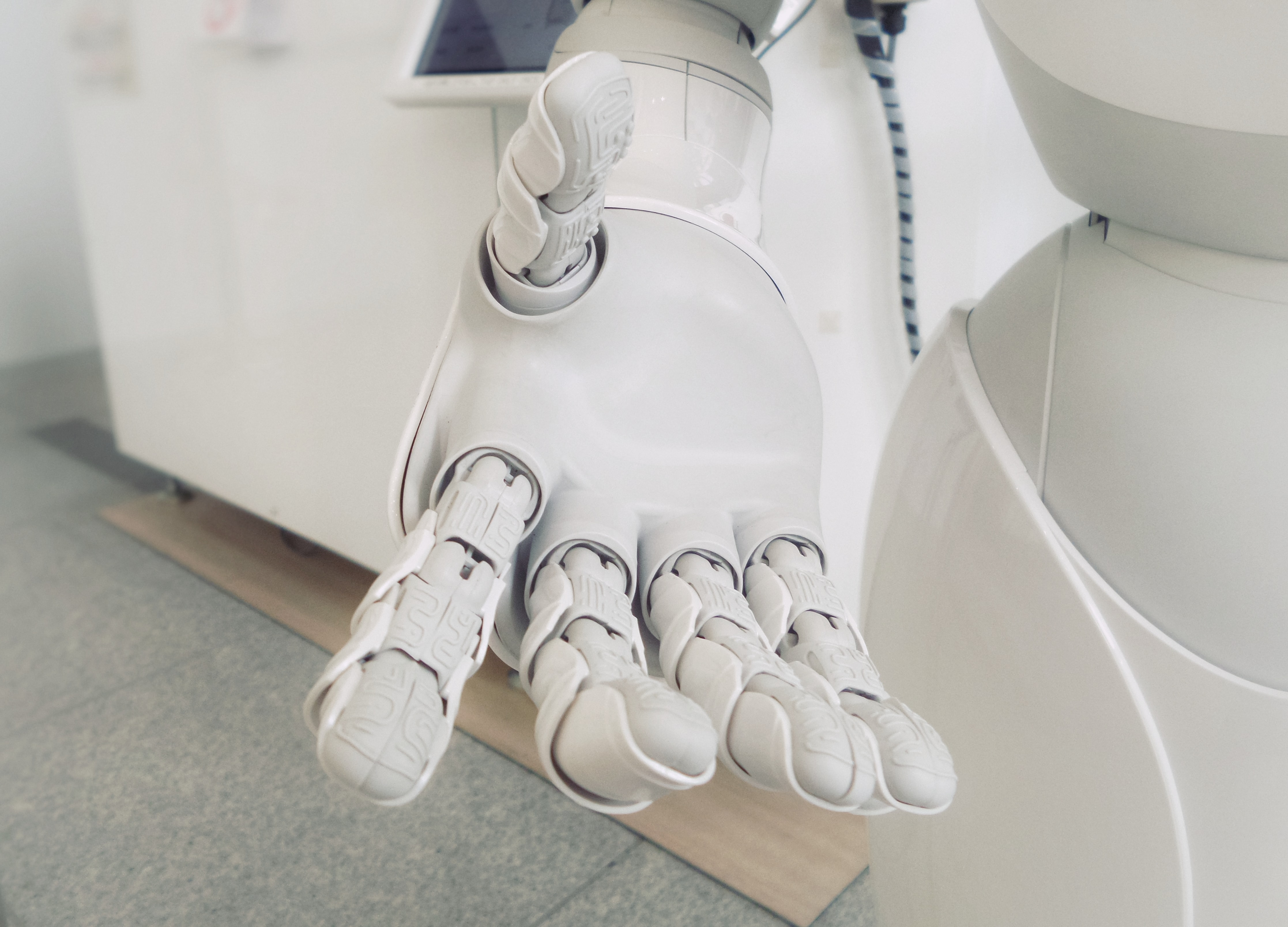
- 0 Comments
- Feb 9, 2022 10:00:00 AM
- Posted by Maria Alejandra Calcetero
- Topics: Robotics, EdTech, STEM, Education, code, 21st Century Classroom, Special Education, Artificial Intelligence, data literacy, Coding, Robots,, students, programming, Technology, VR, Realidad Virtual, STEMchat, Edchat, AI, k12, Virtual Reality, virtual learning, classroom, Inteligencia Artificial, Literacy, STEM literacy
What are the Advantages of VR in a Technical Classroom?
By Shannon Flynn
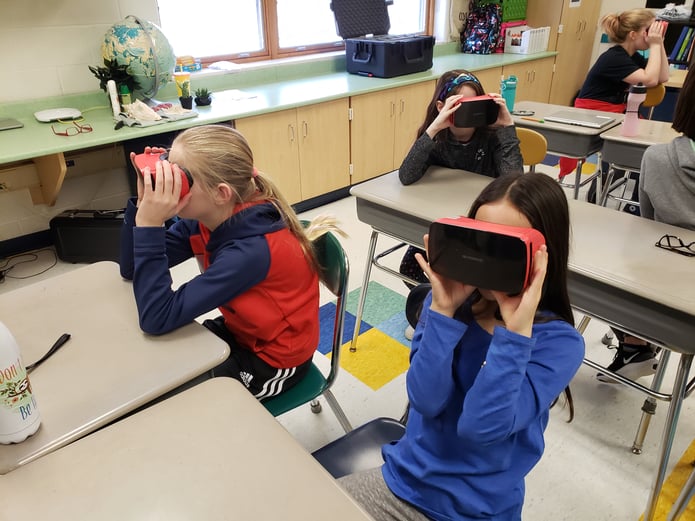
(Street Boro City Schools students in a class using VR)
While virtual reality (VR) is still a developing technology, many industries worldwide are looking into the potential benefits of using it in their operations. From manufacturing to retail, VR can be a transformative piece of tech that intertwines digital and physical realities.
Another sector investigating the advantages of VR is education. For most people, the concept of VR is complex and futuristic. However, it’s rapidly evolving, and it will likely be commonplace in daily life. Statista reports that the VR market size will increase to more than $12 billion by 2024.
Below is more information about VR, the benefits of using VR in a technical classroom, and details regarding VR Expeditions 2.0.
- 0 Comments
- Feb 8, 2022 10:00:00 AM
- Posted by Maria Alejandra Calcetero
- Topics: Robotics, EdTech, STEM, Education, code, 21st Century Classroom, Special Education, Artificial Intelligence, data literacy, Coding, Robots,, students, programming, Technology, VR, Realidad Virtual, STEMchat, Edchat, AI, k12, Virtual Reality, virtual learning, classroom, Inteligencia Artificial, Literacy, STEM literacy
Relevant Posts
Popular Posts
Subscribe to Email Updates
-
I Want To Learn MoreADDITIONAL INFORMATION


